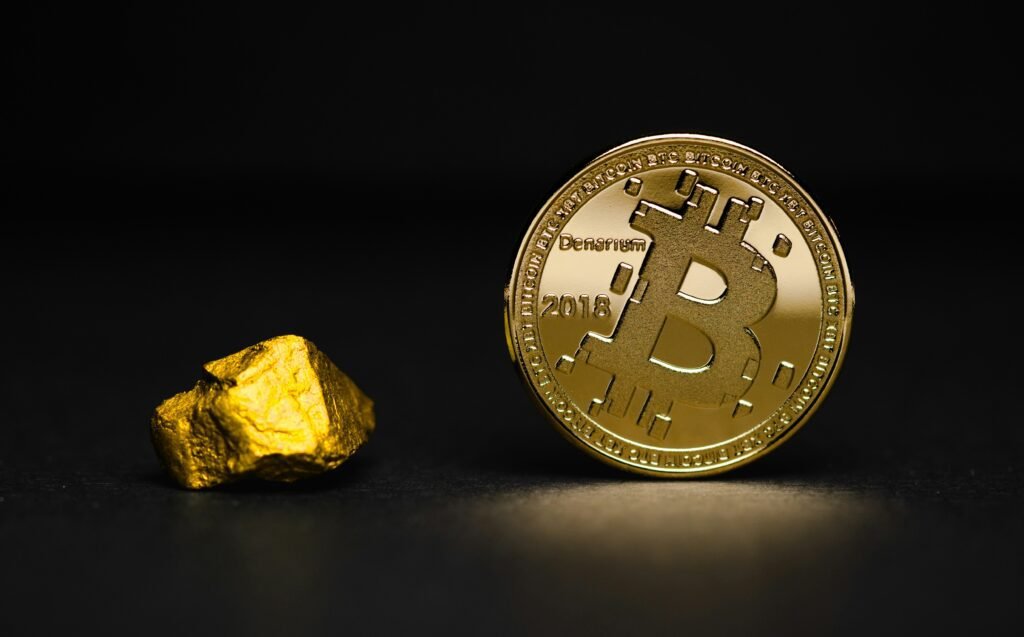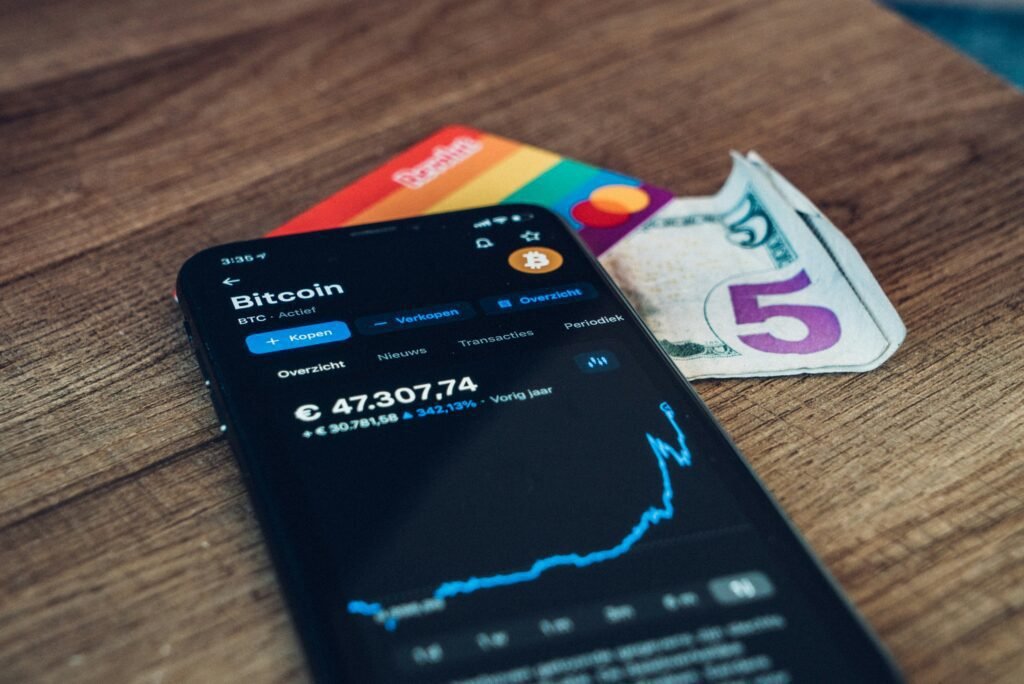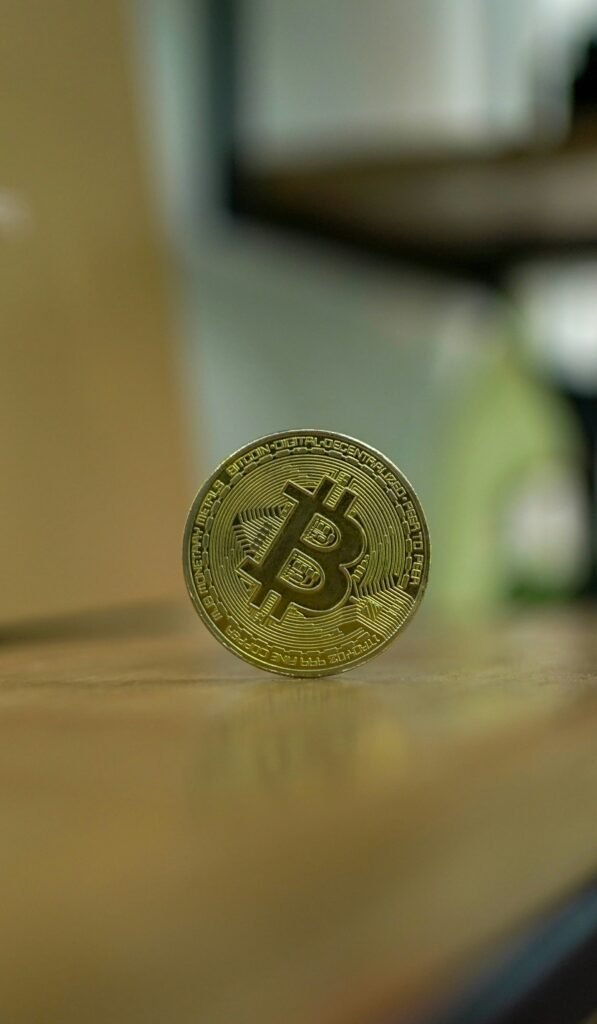Lead: SharpLink Gaming co-CEO Joseph Chalom argues a Satoshi Nakamoto return could happen if Bitcoin faces existential threats. The theory centers on the rise of quantum computing and the need for quantum-resistant Bitcoin measures. Satoshi Nakamoto return is framed as a possible safety valve, not a promise of immediate action. The idea has stirred debate across Bitcoin forums and trading desks.
Who is Satoshi?
Satoshi Nakamoto is the pseudonymous founder of Bitcoin and linked to roughly 1.096 million BTC. That stash gives Satoshi Nakamoto massive symbolic and market power if mobilized. Joseph Chalom’s comments pushed the community to reassess both narrative and technical risks around Bitcoin. SharpLink Gaming’s co-CEO points to historical patterns and dormant behaviour on-chain.
Quantum computing threat
Quantum computing progress raises real questions for blockchain security and encryption. Analysts worry a sufficiently powerful quantum computer could target ECDSA signatures used in Bitcoin. Chalom suggests a Satoshi Nakamoto return would be most likely when quantum computing timelines turn urgent. The conversation focuses on preparing Bitcoin through quantum-resistant Bitcoin proposals.
Patoshi pattern wallets
Researchers use the Patoshi pattern wallets to identify early-mined coins tied to Satoshi Nakamoto. Dormant wallets with Patoshi signatures are closely watched for any sign of movement. A Satoshi Nakamoto return might first appear as activity in those wallets, not a public announcement. That kind of shift would instantly change market expectations and on-chain trust.
Market impact
Any Satoshi Nakamoto return would ripple through prices and sentiment. Traders factor in market impact from potential coin spends tied to Satoshi Nakamoto. SharpLink Gaming’s Joseph Chalom warns that a reappearance could trigger both rallies and liquidity shocks. Institutional players and exchanges would need transparent plans to handle sudden on-chain events.
How a return could happen
A Satoshi Nakamoto return may be driven by necessity rather than publicity. If quantum computing threatens key cryptography, the network could look to its creator for guidance. That guidance might come via dormant wallets, archived messages, or a carefully staged technical proposal. The goal would be to secure blockchain security while avoiding centralization.
What to watch now
Watch for any unusual transactions from Patoshi pattern wallets and related dormant wallets. Follow statements from figures like Joseph Chalom and groups proposing quantum-resistant Bitcoin upgrades. Monitor academic and corporate advances in quantum computing, plus developer responses. Quick, coordinated signals could reveal intent long before any market reaction.
Bottom line
A Satoshi Nakamoto return remains speculative, but it serves as a useful thought experiment. The theory highlights gaps in readiness for quantum computing and stresses the importance of planning. Whether or not Satoshi returns, conversations sparked by SharpLink Gaming’s co-CEO push the ecosystem toward stronger cryptography and contingency planning.
Frequently asked questions about Satoshi Nakamoto return (faq)
Q: What exactly does Joseph Chalom claim about a Satoshi Nakamoto return?
A: Joseph Chalom says a Satoshi Nakamoto return is plausible if quantum computing poses a clear threat. He frames it as a last-resort response to protect Bitcoin.
Q: How likely is a Satoshi Nakamoto return via wallet activity?
A: The most likely signal would be activity from Patoshi pattern wallets or related dormant wallets. Such moves would be visible on-chain and cause immediate attention.
Q: Would a Satoshi Nakamoto return fix quantum risk?
A: A return might guide adoption of quantum-resistant Bitcoin protocols, but implementing those changes requires broad community and developer consensus.
Q: Should traders prepare for market impact from a Satoshi Nakamoto return?
A: Yes. Any sudden movement tied to Satoshi Nakamoto would affect liquidity and sentiment. Plan risk management accordingly.
Q: Is Bitcoin currently quantum-resistant?
A: No. Bitcoin relies on cryptographic schemes not proven safe against advanced quantum computing. Research into quantum-resistant Bitcoin is ongoing.
BlockAI reporting aims to balance technical details with clear explanations for traders and enthusiasts. The Satoshi Nakamoto return debate underscores the need for proactive security planning and transparent community dialogue.



